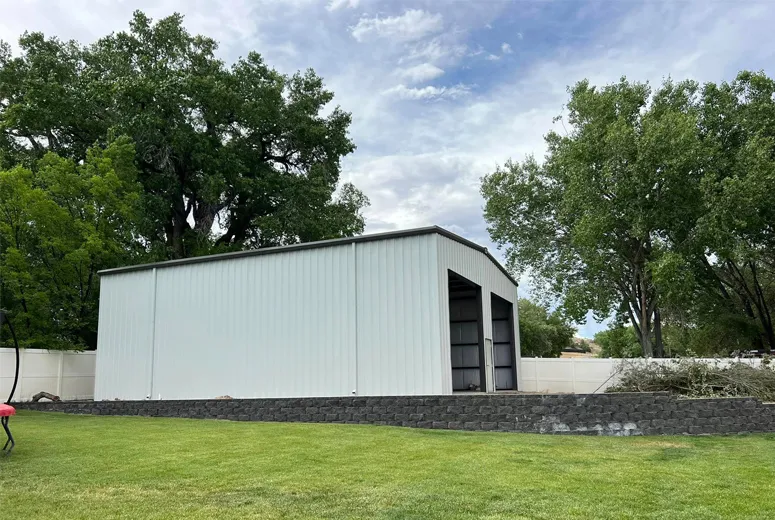- Afrikaans
- Albanian
- Amharic
- Arabic
- Armenian
- Azerbaijani
- Basque
- Belarusian
- Bengali
- Bosnian
- Bulgarian
- Catalan
- Cebuano
- Corsican
- Croatian
- Czech
- Danish
- Dutch
- English
- Esperanto
- Estonian
- Finnish
- French
- Frisian
- Galician
- Georgian
- German
- Greek
- Gujarati
- Haitian Creole
- hausa
- hawaiian
- Hebrew
- Hindi
- Miao
- Hungarian
- Icelandic
- igbo
- Indonesian
- irish
- Italian
- Japanese
- Javanese
- Kannada
- kazakh
- Khmer
- Rwandese
- Korean
- Kurdish
- Kyrgyz
- Lao
- Latin
- Latvian
- Lithuanian
- Luxembourgish
- Macedonian
- Malgashi
- Malay
- Malayalam
- Maltese
- Maori
- Marathi
- Mongolian
- Myanmar
- Nepali
- Norwegian
- Norwegian
- Occitan
- Pashto
- Persian
- Polish
- Portuguese
- Punjabi
- Romanian
- Russian
- Samoan
- Scottish Gaelic
- Serbian
- Sesotho
- Shona
- Sindhi
- Sinhala
- Slovak
- Slovenian
- Somali
- Spanish
- Sundanese
- Swahili
- Swedish
- Tagalog
- Tajik
- Tamil
- Tatar
- Telugu
- Thai
- Turkish
- Turkmen
- Ukrainian
- Urdu
- Uighur
- Uzbek
- Vietnamese
- Welsh
- Bantu
- Yiddish
- Yoruba
- Zulu
Dec . 18, 2024 12:11 Back to list
Understanding Steel Construction Prices Factors and Trends
Steel construction has become a cornerstone of modern architecture and infrastructure development. Its strength, durability, and versatility make it an ideal material for a wide range of projects, from high-rise buildings to bridges and industrial facilities. However, one of the critical considerations in any construction project is the cost of materials, particularly steel. This article explores the factors influencing steel construction prices, recent trends, and what the future may hold.
Factors Influencing Steel Construction Prices
1. Raw Material Costs The price of steel is primarily driven by the cost of its raw materials—iron ore, nickel, and coal. Fluctuations in these commodities' prices due to market demand, mining regulations, and geopolitical factors can significantly impact steel prices. For instance, when iron ore prices spike, it can directly affect the production costs for steel manufacturers.
2. Production Costs The cost of energy plays a significant role in the production of steel. Processes like smelting and refining require substantial energy input, and fluctuations in energy prices can translate to higher production costs. Additionally, labor costs associated with steel manufacturing impacts the final pricing structure.
3. Supply and Demand Dynamics The balance between supply and demand can greatly influence steel prices. Economic growth tends to drive demand for steel, especially in developing countries undergoing rapid industrialization. Conversely, during economic downturns, demand may decrease, leading to potential price drops. Events such as natural disasters or global pandemics can disrupt supply chains, further affecting prices.
4. Transportation and Logistics Costs Steel is a heavy material often transported over long distances. Transportation costs, including shipping, fuel prices, and tariffs, can influence the final price of steel products. Disruptions in logistic networks—due to strikes, pandemics, or trade tensions—can lead to increased costs, which will likely be passed on to consumers.
5. Market Regulations Trade tariffs and regulations imposed by governments can also affect steel prices. For example, tariffs on imported steel can lead to higher domestic prices, encouraging local production but potentially increasing costs for construction companies relying on these materials.
steel construction price

Recent Trends in Steel Prices
In recent years, the global steel market has experienced significant fluctuations. For instance, the COVID-19 pandemic initially disrupted supply chains, leading to a price surge as production slowed down. However, as economies began to recover in 2021 and 2022, steel prices continued to rise, reaching historic highs due to increased demand and production challenges.
The past few years have also seen a growing emphasis on sustainability within the steel industry. Many manufacturers are adopting greener practices, focusing on recycled materials and reducing carbon emissions, which can lead to higher initial costs but promise long-term environmental benefits. As sustainability becomes a regulatory and consumer priority, these changes could reshape steel pricing structures.
Future Outlook
Looking ahead, several factors will continue to influence steel construction prices. As countries invest in infrastructure development to bolster economic recovery post-pandemic, steel demand is likely to remain high. Innovations in production techniques, such as more efficient recycling methods and alternative raw materials, may alleviate some pressure on prices by reducing production costs over time.
Moreover, geopolitical tensions and global trade policies will remain crucial variables affecting supply chains and pricing. Market participants must stay informed about these dynamics to anticipate potential cost changes in steel construction.
In conclusion, while steel construction prices are subject to various influencing factors—from raw material and production costs to market demand and regulatory changes—understanding these elements can help stakeholders make informed decisions. As the industry evolves, embracing innovations and sustainability practices will be key in navigating the complex landscape of steel pricing.
-
Steel Frame Modular Construction for Housing
NewsAug.07,2025
-
Steel Construction Factory Processes
NewsAug.07,2025
-
Portal Frame Shed for Sale: Delivery Options
NewsAug.07,2025
-
Metal Workshops for Sale: Insulation Solutions
NewsAug.07,2025
-
Metal Steel Building Manufacturers: Post-Construction Services
NewsAug.07,2025
-
Metal Garage Shed Kits: Size Options
NewsAug.07,2025
Products categories
Our Latest News
We have a professional design team and an excellent production and construction team.












